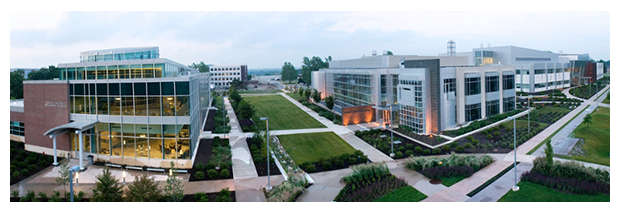Abstract
This is a study of nonconformances experienced by a laboratory of a pharmaceutical manufacturing facility in East Africa. There has been an increase in nonconformances from 216 nonconformances in 2017 to 229 in 2018 and by September 2019, 306 nonconformances were already logged. Increasing nonconformances result in delayed release of tested materials and many resources are wasted (e.g. chemicals, man hours and equipment). Analysts become frustrated, which may result in inexhaustive investigations. Understanding the reason for the increase in nonconformances will enable the facility to derive effective solutions to the identified causes, hence reducing the number of nonconformances and improving the productivity and morale of employees. This quantitative, nonexperimental, longitudinal survey study was intended to evaluate and understand the reason for increasing nonconformances. Trends of the nonconformances, previous investigations, procedure for investigation and the training given to analysts have been reviewed. Laboratory incidences were the most recurring nonconformances; and these were mainly caused by analyst errors. Corrective and Preventive Actions (CAPAs) were derived by cross functional teams whenever root causes were identified. Procedure for investigation of nonconformances refers to investigative tools. Identification of root causes to nonconformances recently became mandatory. Analysts have limited advanced industrial training on investigation of nonconformances. Another study should be carried out to understand the cause of analyst errors. The study can be rolled out to other departments at the manufacturing facility to create similar improvements. Analysts should enroll into advanced courses of industrial pharmacy to gain advanced industrial skills which they can apply in investigations to find root causes to nonconformances.
Keywords
Regulatory compliance, current Good Manufacturing Practices, Define Measure Analyse Improve and Control (DMAIC), Failure investigations, Laboratory nonconformances, Quality culture, Lean manufacturing
Report Number
TR-BIRSAFRICA-2021-1
Date of this Version
11-1-2021
DOI
10.5703/1288284317430
Recommended Citation
Mukungu, Andrew; Ekeocha, Z; Byrn, S; and Clase, K, "Evaluating and Understanding the Reason for an Increase in Nonconformances in the Laboratory" (2021). BIRS Africa Technical Report Papers. Paper 1.
http://dx.doi.org/10.5703/1288284317430


